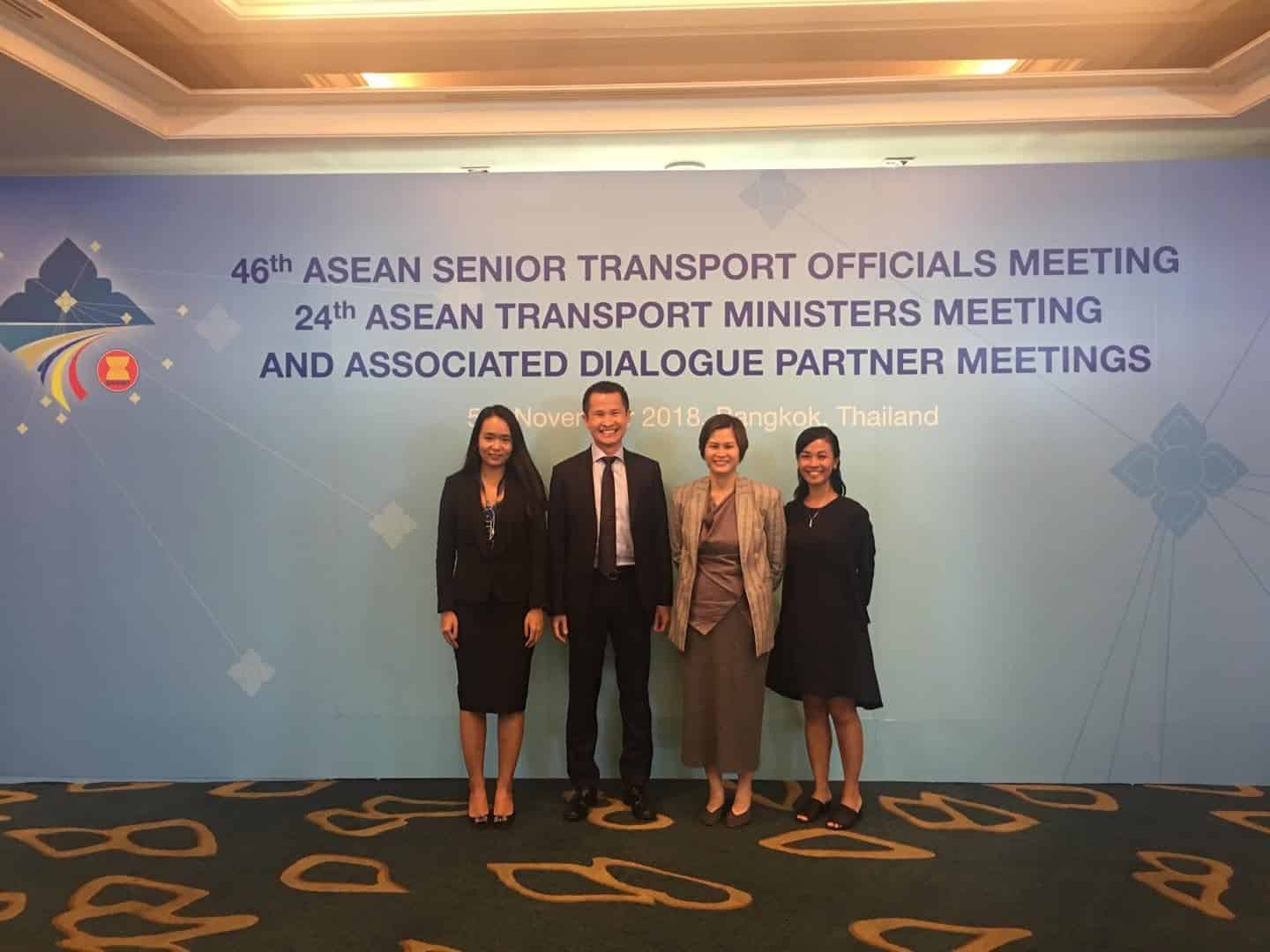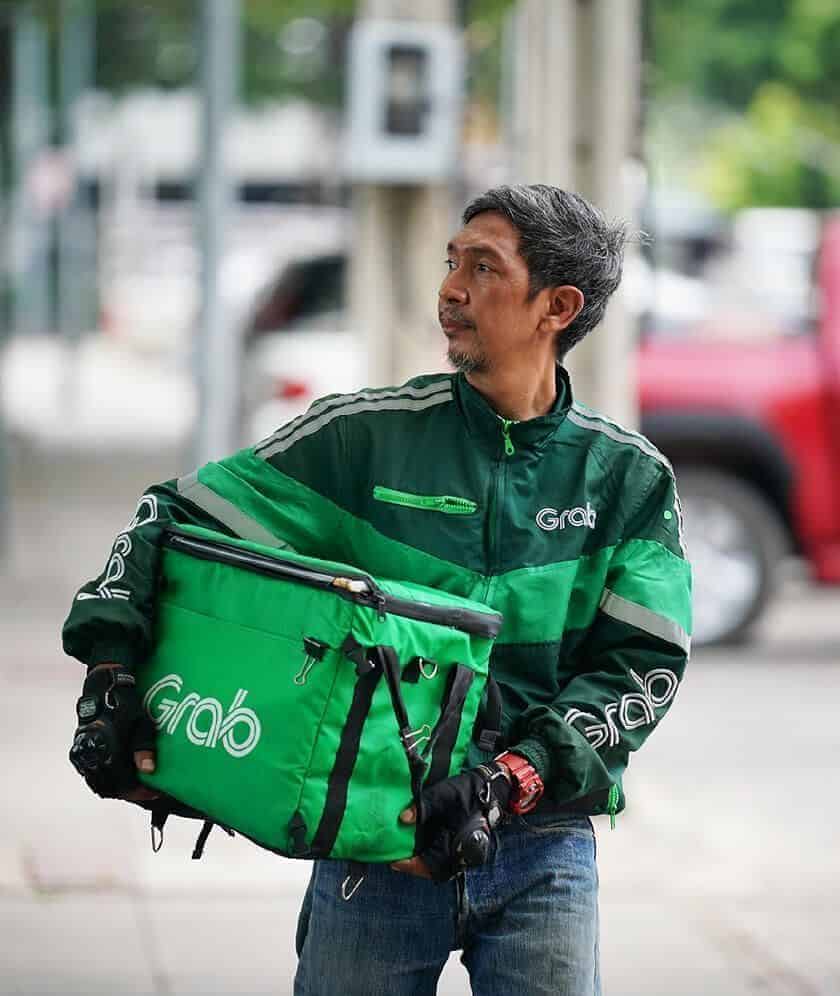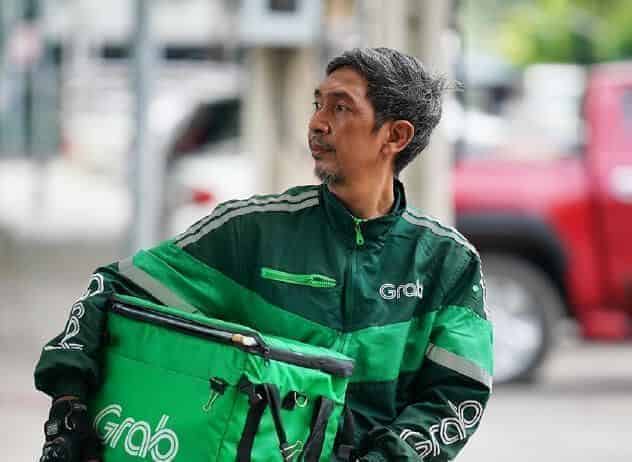Grab calls on ASEAN senior transport officials to partner private sector to better serve commuters
Grab urges ASEAN senior transport officials to forge closer public-private partnerships to provide a shared, seamless and smart solution in mobility for Southeast Asia

ASEAN Transport Ministers and Senior Officials are holding the 46th ASEAN Senior Transport Officials Meeting and 24th ASEAN Transport Ministers Meeting and Associated Dialogue Partner Meetings in Bangkok, Thailand this week. Grab, through the ASEAN Business Advisory Council, was honoured to have the opportunity to present our solution for a shared, seamless and smart mobility future for Southeast Asia.
Grab’s CEO Advisor, Mr Lionel Yeo made a strong call for greater public-private sector collaboration at a closed-door meeting with senior transport officials on Monday (5 November 2018). He shared Grab’s plans to work with governments to integrate multiple public and private transportation modes and help bridge the first-mile-last-mile transit gap for citizens. This would put the power of choice into the hands of commuters, as they would have full visibility to decide on their preferred journey option based on their budgets, time constraints and other needs.
Mr Yeo said, “Southeast Asia is benefiting from increased public investment and private sector innovation in the field of transportation. However, much of the commuter experience will remain long, uncomfortable, unpredictable and unsafe unless we come together, as governments and private sector, to adopt a system-wide approach to re-imagine the future of mobility.”
Grab will deepen partnerships with governments in the region to solve big, meaningful challenges such as traffic congestion, urban density, transportation safety, and leverage data to help cities make better urban planning decisions.
In fact, Grab has already been helping to close the transit gap by supporting the first-mile-last-mile needs of commuters in Southeast Asia. Malaysia and Indonesia were the top markets for first-mile-last-mile rides in 2017, with Klang Valley and Jakarta accounting for 84% and 94% of total first-mile-last-mile rides in the respective countries. In Indonesia, four in five of such rides were taken on GrabBike while in Malaysia, more than 85% of these rides were taken on GrabCar. Please see blog post and infographic here.
To achieve the common goal together, governments and private sector must join forces and adopt a system-wide approach to address mobility pain points. Grab sees the future of mobility as Shared, Seamless and Smart:
• Shared: Let’s design cities around shared mobility instead of around private car ownership.
• Seamless: Let’s create good options for door-to-door journeys that can cater to different needs and situations, tapping on multiple modes of transport which are well stitched together, and then be able to suggest them to commuters on demand. Commuters should also be able to pay for their journey through one integrated payment system.
• Smart: Let’s leverage data about people flows and traffic movements to help cities make better decisions about routes, intervals, pricing, and where investment dollars can make the most impact.
The challenge is real, and the region needs to start acting on it now. By 2030, ASEAN urban population will grow by another 100 million people, to 373 million people. Middle class population in Southeast Asia is expected to reach 400 million by 2020, and rising incomes mean increasing vehicle ownership. Existing road infrastructure in cities such as Manila, Jakarta and Bangkok are struggling to keep up with the population, and corresponding vehicle ownership growth, hence leading to massive congestion. And if this problem cannot be curbed, urban transportation problems come with a tangible economic cost: congestion in the region is estimated to cost 2-5% of each country’s GDP.
Solving transportation woes for citizens can be a shared mission between governments and private sector solution providers. This is Grab’s proposition to senior transport officials to deliver a better future of mobility for Southeast Asia and unlock significant economic, social and environmental gains by working together.





